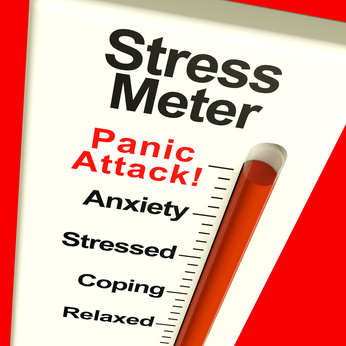Category: Exercise
-

How to Reduce Rumination and Stress by Doing More and Thinking Less
Ruminating. Catastrophising. Panicking. All describe the breakdown of logical reasoning that happens when we are in such a state of anxiety that our thinking is paralysed. So how is it possible to stop going over and over a source of worry? The answer to reduce rumination isn’t more thinking, it’s more doing. Why Can’t I…
-

Keep Your Head: Managing Mental Health During Coronavirus in Sweden
Mental Health has become a buzzword expression around the world since the COVID19 pandemic began. When regulations and public health advice keeps us socially distant, how can go about managing mental health during Coronavirus to keep it together? The coronavirus COVID-19 is a source of stress for many English speakers in Sweden. While health authorities…
-

Anxiety Therapy in Stockholm: Walk and Talk or Talk and Tea… You Choose!
Treatment for Anxiety is now attracting the same attention given to Depression over recent years. And it’s no wonder. Many people are unaware that Anxiety is affecting their lives and as a result become confused as to how to better approach their symptoms. Talk therapy can offer new ways of responding to Anxiety, and you…
-

Walking Talk Therapy for Mental Health in English in Stockholm
The advantages of counselling and therapy shouldn’t just be psychological. Walking while talking is a new approach to talk therapy that benefits the body as well as the mind. As a therapist who personally enjoys exercise and the positive effects of movement, I was not surprised when I read in the Sydney Morning Herald about…
